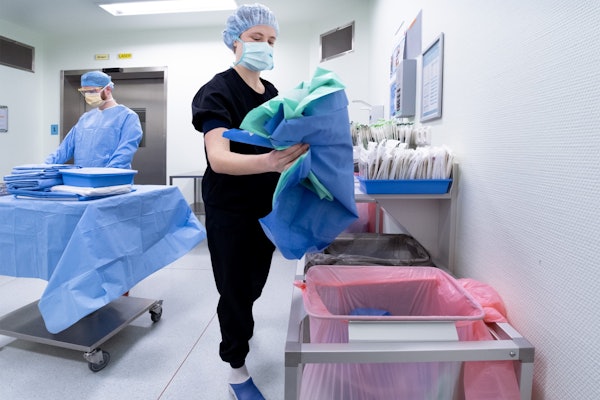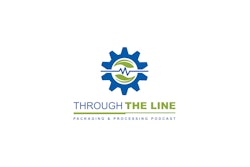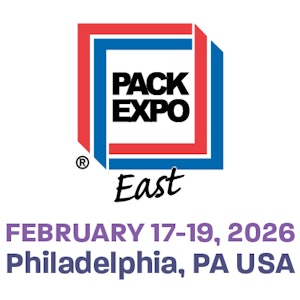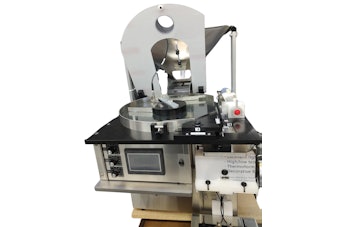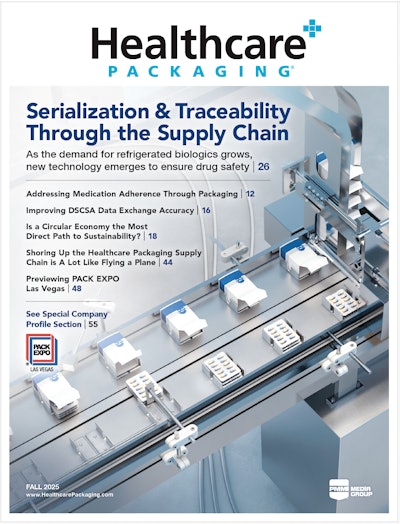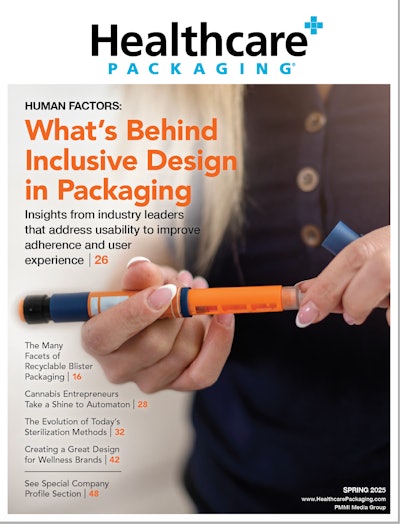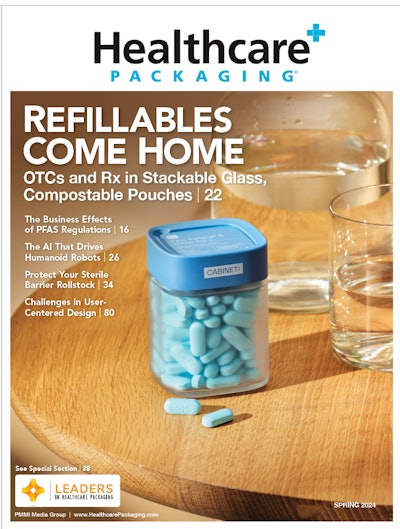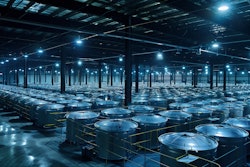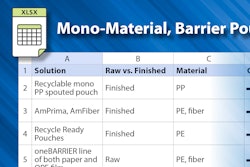Key Takeaways:
Nearly two-thirds of pharmaceutical and medical device companies rely on manual processes for critical production line changeovers.
Seventy percent of organizations have experienced at least one clearance failure in the past 12 months.
Rates are unchanged from Catalyx's 2023 line clearance research, suggesting the industry has made little progress in addressing these issues.
A new industry report reveals that life sciences companies are navigating a significant gap between the digital technology push and manufacturing reality with nearly two-thirds (63%) continuing to rely on paper-based processes for critical production line changeovers.
The 2025 Life Sciences Line Clearance Benchmark Report from Catalyx, a leader in automation and vision system integration for highly regulated industries, found that most pharmaceutical, medical device, and contract development organizations continue to engage traditional manual methods for production line changeovers despite mounting evidence of their operational inefficiencies.
“The constant pressure to maintain quality, meet regulatory standards, and deliver strong performance is enormous," says Mario L. Rocci, Jr., chief executive officer, Catalyx. "This study reinforces the opportunity that digital and AI-driven systems can play in transforming line clearance from a barrier into an enabler of operational excellence.”
Line Clearance Failures Persist
Line clearance, an essential quality assurance process ensuring production equipment is properly cleaned and configured between different product runs to prevent cross-contamination, remains a major manufacturing bottleneck. According to Catalyx’s study, 70% of organizations have experienced at least one clearance failure in the past 12 months, 30% reported six or more failures. These rates are unchanged from 2023 when Catalyx first launched its line clearance research, suggesting the industry has made little progress in addressing these issues.
Digital Pilots Fail to Scale
While nearly half of respondents piloted new line clearance technologies in 2023, actual implementation remains limited. In 2025, only 11% of respondents in Catalyx’s study have digitized key system components. Another 26% reported using hybrid approaches that combine manual methods with basic digital tools. However, traditional paper checklists and manual inspections remain the dominant approach across the sector.
Operational Strain Mounts
The operational impact of manually executing line clearance is substantial. Study participants said simple production line changeovers require 30 minutes to two hours on average, while complex changeovers can often exceed four hours. Four out of five respondents pointed to human error, equipment setup issues, and missed items as primary causes of manufacturing disruptions and delays.
Evolving Regulations Create Urgency
Regulators and industry leaders are working together to shape an appropriate regulatory framework for use of AI-based technologies. As these efforts progress, it is becoming clear that traditional line clearance practices will need to evolve in order to meet future expectations for oversight, transparency, and data stewardship.
“Once this framework is finalized, digitalization will become a quality enhancing regulatory imperative," says Dave Taylor, Catalyx product manager and Line Clearance expert. "Organizations adopting digital first approaches are not only improving efficiency, they are preparing for a future in which regulators expect greater transparency, stronger data integrity, and explainable outcomes.”
About the Research
Catalyx conducted its second industrywide Line Clearance Benchmark survey in summer 2025, drawing from a pool of over 20,000 professionals globally, building on its inaugural 2023 research. The study provides the most complete view of current line clearance practices and trends across global life sciences manufacturing. To read the full report, please visit: https://www.catalyx.ai/about-us/white-papers/2025-line-clearance-benchmark-report








